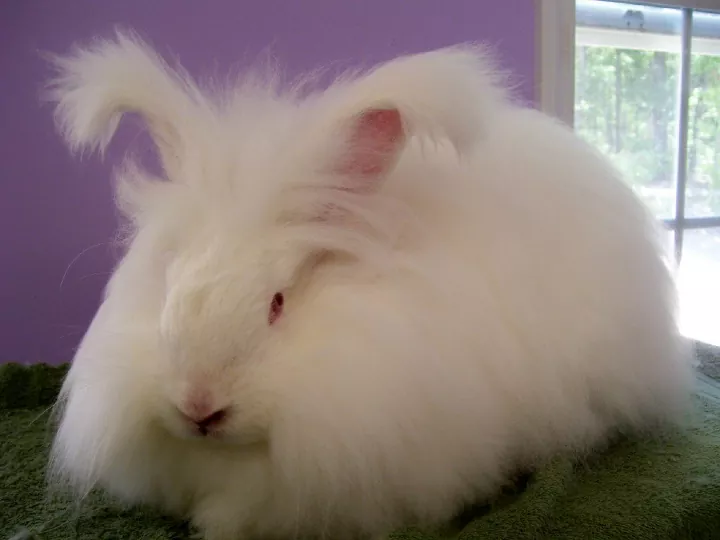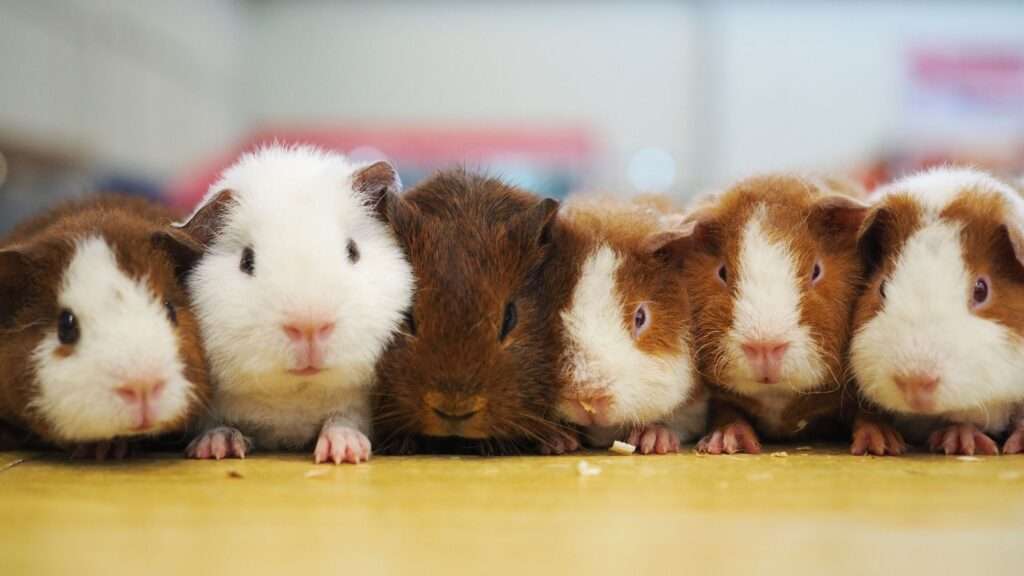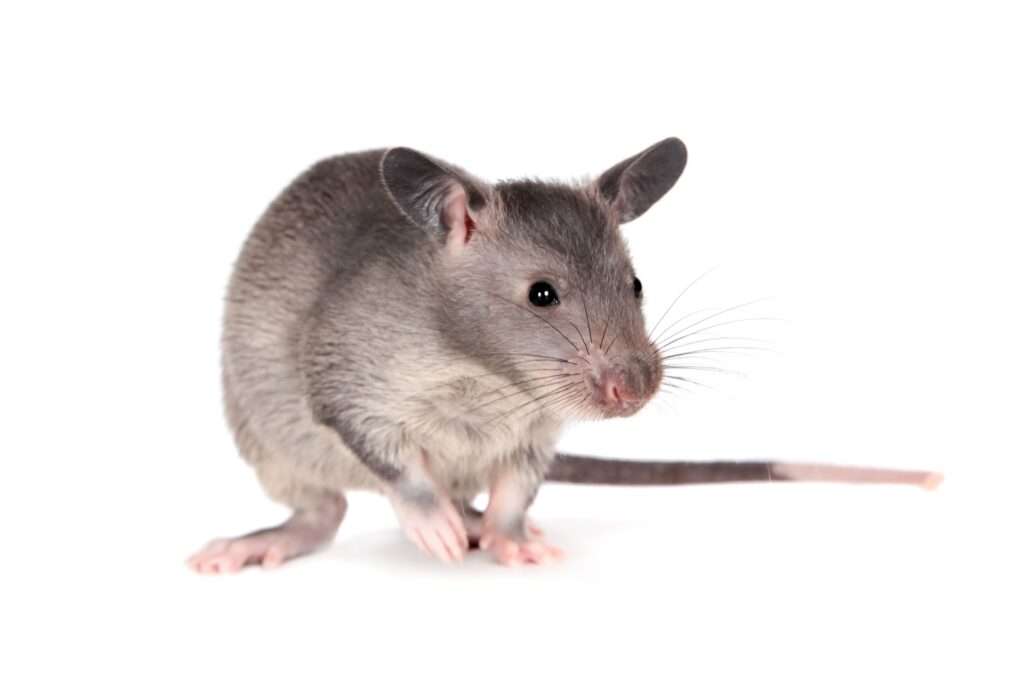
If you’ve been wanting to add a giant rabbit to your family, the Giant Angora Rabbit might be the right fit! This breed is descended from the Angora, one of the world’s oldest rabbit breeds.
The Giant Angora Rabbit is a descendant of the smaller Angora Rabbit, one of the world’s oldest rabbit breeds. Angora Rabbits originated in Ankara, Turkey, and were introduced to France in 1723. They then acquired international fame, in part due to their commercially viable wool.
Giant Angora rabbits are most frequently kept as fiber animals, meaning that their main purpose for ownership is to produce wool. However, because of their docile and loving disposition, many families choose to keep giant angora rabbits as pets.
As Pet/ In Captivity

Purchasing
Giant Angora Rabbits should be available for purchase starting at $100 and higher. Expect to pay more if you’re seeking a rabbit with pedigree.
Housing
Make sure your rabbit has enough bedding to burrow in. For rabbits that have been litter trained, you can use hardwood shavings, straw, hay, or even fleece. Cleaning their hutch at least twice a week is necessary since bunnies prefer to use their bedding to make a cozy den.
If you’ve taught your rabbit to use a litter box, keep it filled with something other than the bedding. Once a week, wash the box with soapy water, and change the litter as needed.
Eat and Drink
Giant Angora rabbits were bred to thrive on commercial rabbit pellet diets that contained 16–18% protein. There are many things you can add to this to complement them if you’re keeping them as a family pet. We suggest:
- 70% of the diet is made up of grass hay.
- High-quality rabbit pellets with a 16–18% protein content
- Fruits and vegetables safe for rabbits
Care Routine
Huge Angora Because their hair grows so quickly, rabbits require routine grooming. Up to 1.2 inches can grow on it each month. You should brush your rabbit every day or every other day. This helps avoid matting, which can cause your rabbit suffering.
Even if you don’t use the fur, you must cut your Giant Angora Rabbit’s fur every three to four months. An Angora Rabbit’s fur begins to mat readily and begin to perish after six months.
You can shear your rabbit using tiny clippers or scissors, or you can hand-pluck the fur. You might be able to find a skilled groomer who will carry out this task for you.
Table





